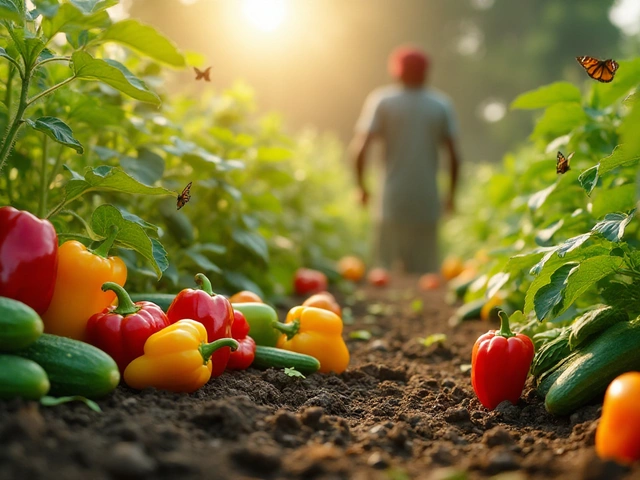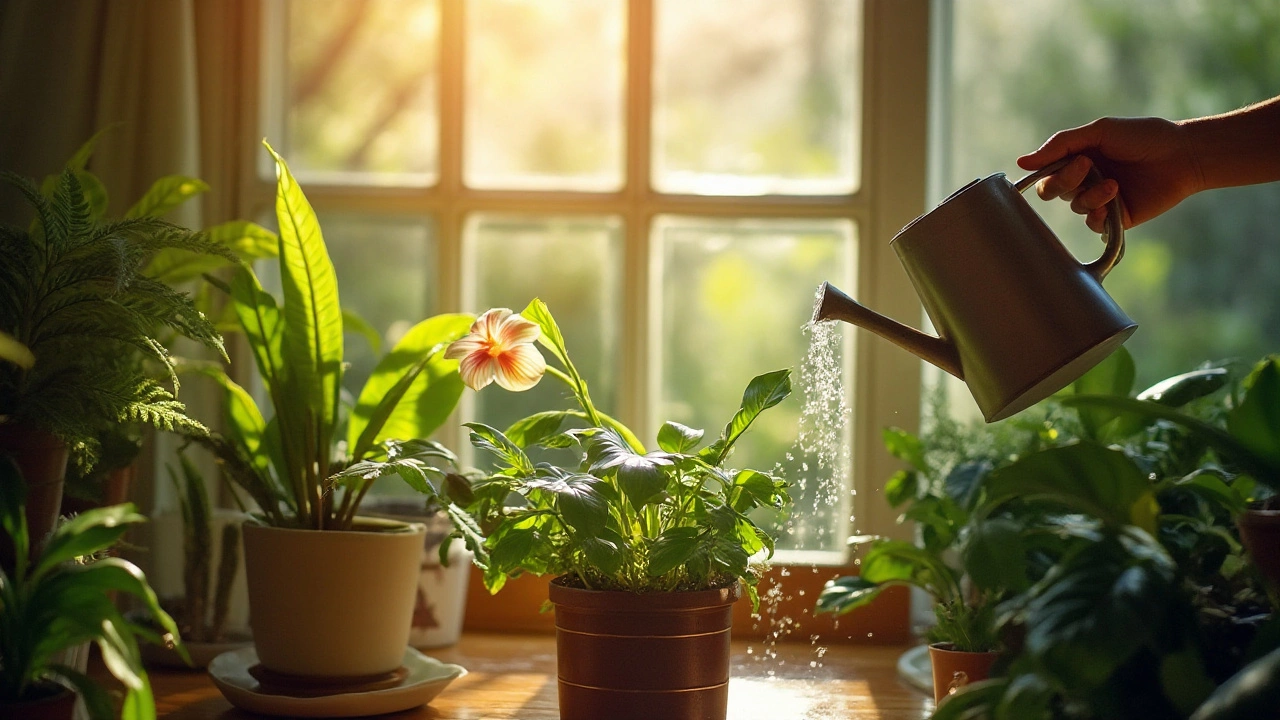Optimal Watering Time: When to Water Your Garden
Ever wondered why some gardens look lush while others stay dry even after you water them? The trick isn’t just how much water you give – it’s also when you give it. Watering at the right hour helps plants absorb more moisture, cuts down on evaporation, and reduces disease risk. Below you’ll find simple rules that work for most Indian gardens, whether you have a balcony herb pot or a backyard vegetable patch.
Why morning watering usually wins
Most experts agree that early morning, just after sunrise, is the sweet spot. The air is cooler, the sun isn’t scorching yet, so water has time to soak into the soil before it evaporates. This gives roots a chance to drink before the heat of the day. Also, leaves dry faster in the morning, which means fewer fungal problems like mildew.
In northern India, watering between 6 am and 9 am works well even in summer because temperatures stay below 30 °C for a few hours. In the south, where humidity is higher, aim for the earliest light you can get – sometimes 5 am – to let the water move past the leaf surface before the afternoon humidity spikes.
Adjusting for climate, season, and plant type
While morning is a safe default, some situations call for a different approach. In very hot, arid regions (think Rajasthan), a short second watering in the late afternoon (around 4‑5 pm) can help keep soil moist through the night without encouraging rot.
If you grow heat‑loving veggies like okra or chilies, a quick “top‑up” after the sun sets can boost fruit set, but keep it light – just enough to wet the root zone, not the foliage.
Indoor plants are a special case. Tap water may contain chlorine that can stress leaves, so let it sit for a few hours. Water them in the evening when the room is cooler, but avoid leaving water in saucers overnight to prevent root rot.
Drip irrigation adds another layer of timing control. Set your timer to start 30‑45 minutes before sunrise for large beds, or use a moisture sensor that triggers the system only when the soil dries below a set threshold. This prevents over‑watering and saves water.
Here are three quick checks before you turn on the hose:
- Touch the soil a few inches deep – if it feels dry, water; if it’s still damp, wait.
- Look at the leaves – wilted leaves that feel firm usually need water; limp, soft leaves may be over‑watered.
- Use a rain gauge or weather app – skip watering if rain is forecasted within the next 24 hours.
Finally, remember to water at the base of the plant, not the leaves. A hose nozzle with a gentle shower or a watering can with a rose attachment directs water where roots can grab it, and it reduces splash that can spread disease.
To sum it up, aim for early morning most days, adjust for extreme heat or specific crops, and always check soil moisture before you start. With these habits you’ll use less water, keep plants healthier, and see greener results in less time.
Optimal Times for Watering Indoor Plants: Night Vs. Day
Deciding whether to water your indoor plants during the day or at night can impact their health and growth. This article delves into the advantages and disadvantages of both timings, helping you make an informed choice. Learn about plant water needs, environmental factors, and tips to keep your greenery thriving. Explore how timing affects plant absorption and discover the best practices for different plant types. Equip yourself with the knowledge to nurture your indoor oasis effectively.
About
Indoor Plant Care
Latest Posts
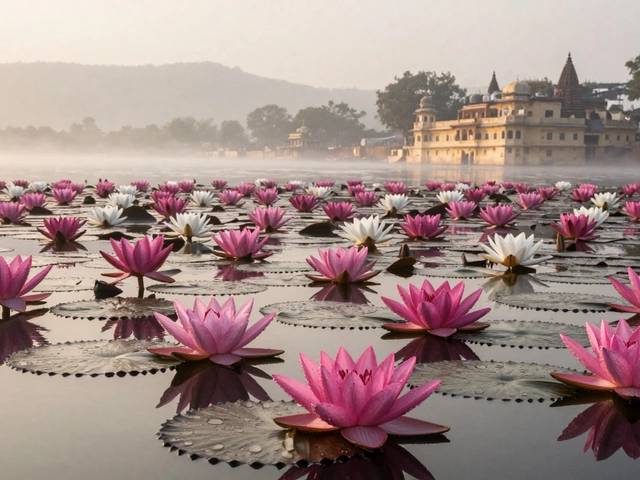
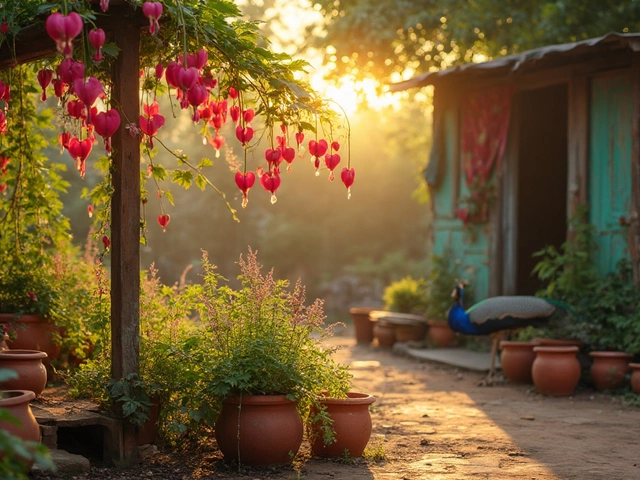
Planting Bleeding Hearts: The Ultimate Guide for Your Kitchen Garden
By Alden Thorne Feb 26, 2025

Which Ethnicity Consumes the Most Rice Daily?
By Alden Thorne Mar 16, 2025
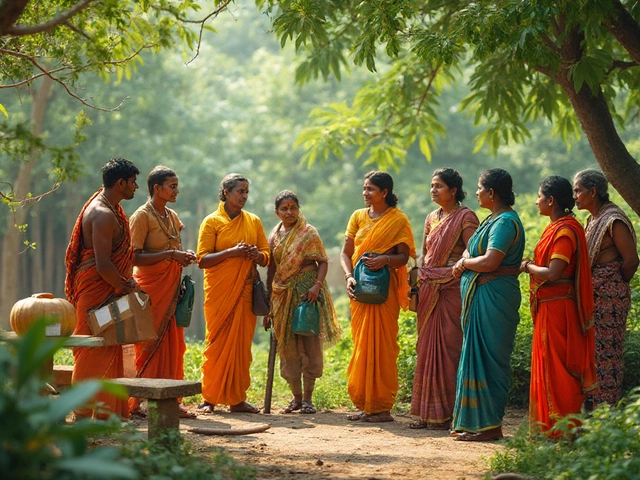
Drip Irrigation: Why Isn’t Everyone Using This Efficient Watering System?
By Alden Thorne Aug 6, 2025
